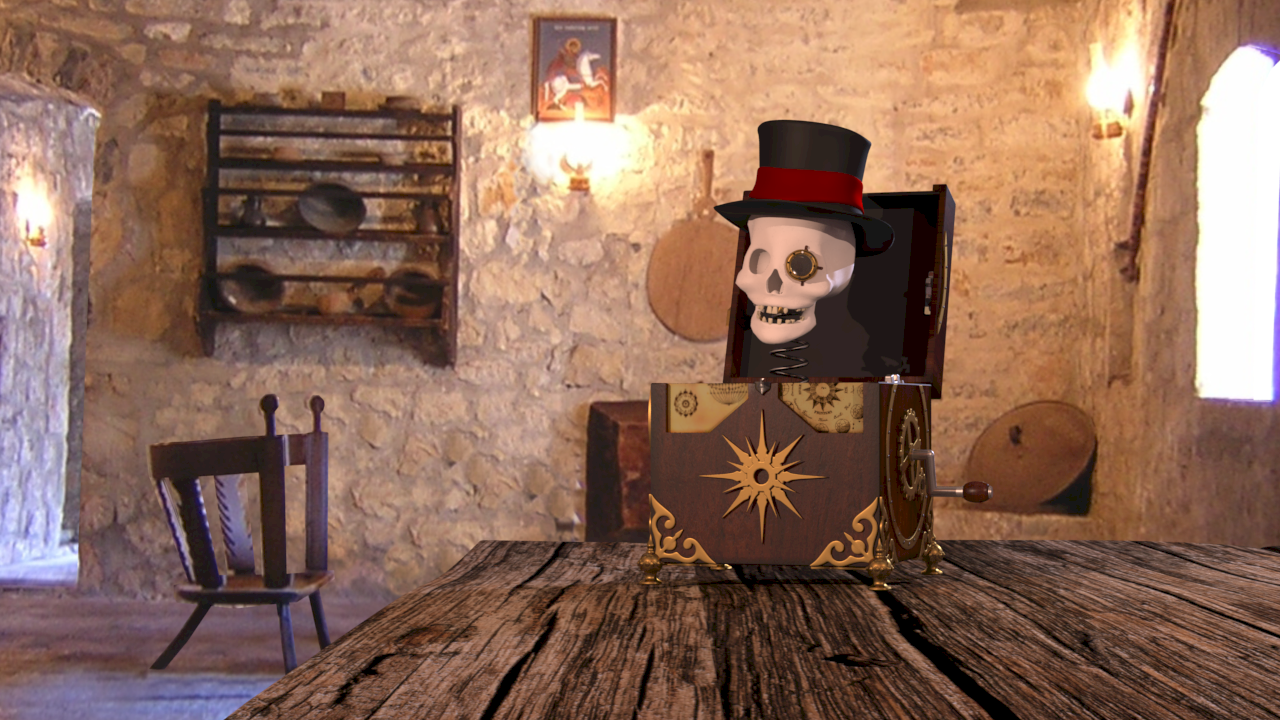Module 8 - Compositing
Compositing Overview
Compositing is the process where you take the final rendered layers and frames and produce the final shot including the addition of any needed special effects, additions or color grading. If you are working in a full production environment the color grading might occur in a separate department, but not so for smaller groups.
Personally I believe that every shot produced in Maya should be brought into a program like Adobe After Effects or Nuke to do some kind of final polish before being complete. Even a simple color editing pass can do wonders to make a shot really feel polished. One thing I have found is that by learning the power of compositing I can generally not work as hard to get the exact perfect render out of Maya I need including lighting quality, color, shading etc. because I know I can take it the rest of the way in After Effects. Most of that comes with experience and learning what needs to be in the render and what can be added later.
Another super helpful aspect of the compositing process is the ability to make changes to the shot without having to re-render. If you produce the right render layers on your first pass you can actually achieve quite a bit of a change in compositing including color changes per object, lighting changes including the addition of new lights, camera depth of field changes and more. We produced some of these layers in our render so you may be able to play with these ideas on your shot if you did.
In conclusion compositing is all about taking all of our disperate final elements and combining or compositing them together to produce the absolute final shot to include in the overall edit of the film in which you are working.
Before we get into our assigmment, lets take a look at a sample beauty pass or raw rendered frame from my final render shot and all of the various layers that were produced with it.







The 'Normals Pass' is something you can use for all kinds of interesting outputs including relighting (with the right plugins), but we are not going to use it in our final composite. I simply wanted to introduce it to you so you knew a bit about what it looks like and what you can do with it.
As for the rest of the layers we will look at how they can be used in after effects to produce the final composited frame that you see here:

Check out the videos in the Assignment section below to learn a bit about after effects and how we can use it to produce our final composited shots.
Deadlines
The compositing module runs for 1 week. If you are still trying to complete your render then I hope that will be completed soon as time is ticking. Please post your works in progress to the discussion boards.
| End of the week | Your final composited movie submitted to the discussion boards and on UNM Canvas. |
Final Submission Guidelines
Produce a full export from After Effects in .h264 mp4 format of your final composited shot.
Submit your final movie file to Assignment 8 on UNM Canvas
-
Class Materials
Review Rendering tutorials, overview and assignment guidelines. -
Discussions
Post work in progress renderings throughout the module, but specifically at the end.
UNM Canvas -
Quiz
Quiz 8 due at the end on UNM Canvas


